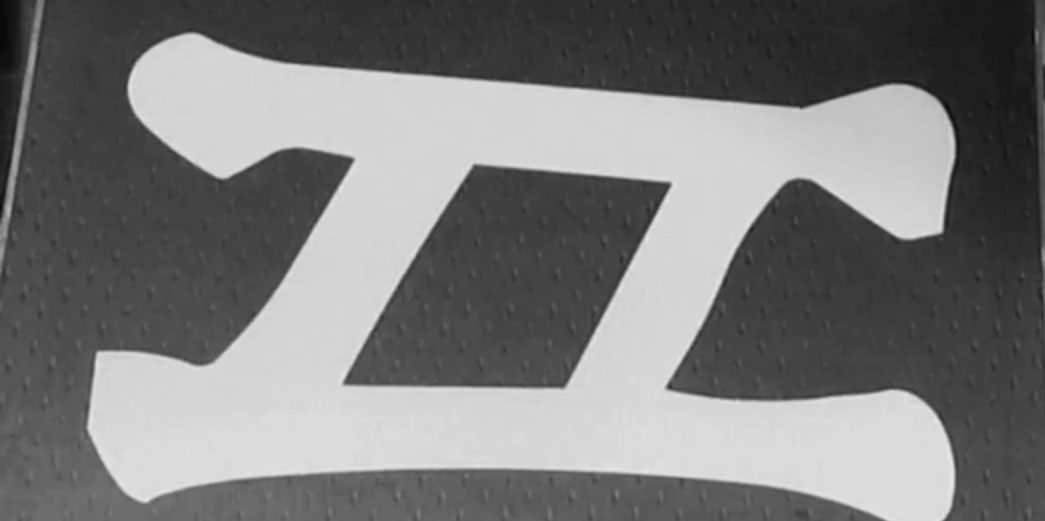 Snowboard: 2012-2013 StepChild FTW, 157 cm
Snowboard: 2012-2013 StepChild FTW, 157 cm
Sidecut Radius: 7.8 meters
Setback: True Twin
Actual Tip-to-Tail Length (Straight Tape Pull): 155 cm
Boots: Nike Zoom Kaiju
Bindings: Ride Beta MVMT
Stance: Regular – 15/-12, 23.5 in. wide.
Test Location: Snowbird, Utah
Days Ridden: 14
StepChild Snowboards is an independent and rider-owned snowboard manufacturer based in Squamish, British Columbia. I’ve always associated them with the park and urban jib scene, especially with a roster of riders like JP Walker and a popular and award-winning model with a (tongue-in-cheek) name like “Powder Sucks.” That’s all great, just not typically my cup of tea.
But I have always liked stiffer park decks like the Capita Indoor Survival for spring riding, so the FTW (which does not stand for “For the Win”) seemed like a natural choice.
StepChild describes it as a “high end freestyle machine that will slay any terrain it comes up against.” I was hoping the FTW would be the more playful Yin to my Never Summer Proto CT’s all-mountain Yang. And to be completely honest, I’m not above embracing a board’s topsheet, and I have a pretty big soft spot for Straight Outta Compton-era NWA.
Shape / Flex
In terms of shape and camber, the FTW is fully rockered from between the bindings to the tip and tail, and is a true twin, which initially made me a little nervous. I haven’t ridden that kind of profile in several years (my last being the Lib Tech Skate Banana), mostly because I simply didn’t like that board.
As for flex, StepChild rates the FTW a 5 on their 1-10 scale, but according to my highly scientific hand flex, it seemed consistently and uniformly stiffer than the SB from tip to tail.
The FTW’s bamboo core is the first of its kind I’ve ridden; StepChild claims this provides extra pop and a longer lasting flex pattern. It also has an extra pair of inserts under each binding (28 total) to accommodate any stance you might prefer. I settled, as usual, at 23”, centered.
Groomers
My first day on the FTW was a typical spring day in March at Snowbird, when timing your arrival right means the difference between riding bulletproof ice, a short window of corn, or slush. On this particular day, I showed up a bit early, and ended up riding a few pretty variable laps on Chip’s Run.
In firm but edgeable snow (my biggest area of concern with a completely reverse camber deck), I noticed virtually no difference between the FTW and a traditionally cambered snowboard in terms of its energy or stability in or out of a turn, or in its ability to hold an edge.
I found it to be extremely responsive edge to edge, and its agility stands out in those conditions. The sidecut is a little shorter than I’ve been riding for most of the season, but it’s still comfortable making longer-radius turns or kicking the tail to scrub speed if conditions necessitate.
As the snow softened and my confidence in the conditions improved, a few more things became apparent. First, the FTW’s base is unusual, and unusually quick. It features a sintered “Structurn Base” (think dimples on a golf ball), which may seem like a novelty, but actually felt very effective. The idea is that the dimples are designed to prevent, or at least dissipate, “hydrophobic suction” between the base and wet, slushy snow, allowing the base to move a little more freely in spring conditions.

While I never really noticed a difference in speed in soft snow, it made a noticeable difference where it counts: in the flats in warmer, stickier snow when a little extra speed is the difference between “getting there” and unstrapping and skating.
Jibs
Second, StepChild’s claims regarding the bamboo core’s “poppy” characteristics are not without merit. I found myself higher and deeper on jibs and high-speed rollers than I had been all season on either the Proto or the Capita DOA, and the FTW touched down with confidence. It did chatter out slightly earlier than the Proto when flatbased in steeper terrain like Snowbird’s Anderson’s, which I found to be an acceptable tradeoff for its playfulness.

In terms of swing (and overall) weight, the FTW is very light. While it hasn’t seen much park (it’s Snowbird), it is super light spinning cat tracks or throwing it around in tight tree runs like the Bobsled.
Interestingly, for a full reverse deck, it did take a bit of effort to press the nose and tail. It’s not impossible by any means, it just took a little more effort to get the lively bamboo core to comply. The FTW is not a park noodle.
